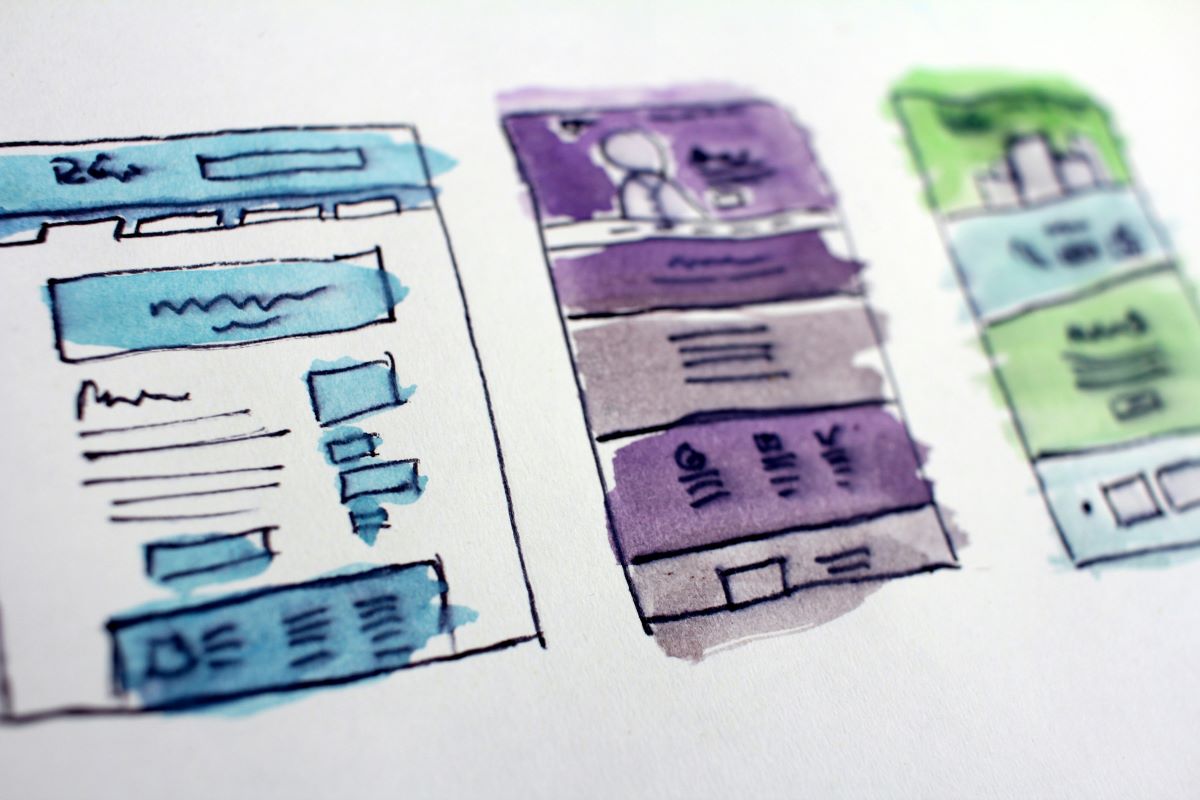What B2C Designers Can Learn from Behavioral Science
B2C designers play a pivotal role in shaping the digital experiences that consumers engage with every day—from mobile apps to eCommerce platforms and everything in between. However, great design isn’t just about visual appeal or ease of navigation; it’s about understanding what drives user behavior. That’s where behavioral science becomes a powerful asset. Rooted in psychology, neuroscience, and economics, behavioral science uncovers how people make decisions and what influences their actions. For B2C designers, these insights can lead to more intuitive, engaging, and persuasive design strategies.
In an era where attention spans are short and competition is fierce, behavioral science can elevate a product’s performance by helping designers tap into the subconscious drivers of choice. Whether it's nudging users toward completing a purchase or encouraging them to explore more features in an app, applying behavioral science principles can significantly boost engagement and retention. Let’s explore five powerful lessons B2C designers can learn from this field—and how these insights can transform the way products are built for everyday consumers.
1. Choice Architecture Shapes User Decisions
One of the most significant takeaways from behavioral science is the concept of choice architecture—the idea that the way choices are presented influences the decisions people make. This doesn’t mean tricking users into selecting a particular option, but rather guiding them toward the most beneficial or desirable action. By organizing options logically and clearly, designers can minimize decision fatigue and simplify the user journey.
For example, if a B2C app offers multiple subscription tiers, placing the most recommended plan in the center with a visual highlight (often called a “decoy effect”) can subtly steer users toward that choice. Similarly, presenting fewer but more relevant options helps avoid overwhelming users. Effective choice architecture ensures that users feel empowered, not burdened, when navigating your product—an essential component of positive UX.
2. Cognitive Biases Influence User Perceptions
Cognitive biases are mental shortcuts that help people make decisions quickly, often without conscious reasoning. For B2C designers, understanding these biases can lead to smarter interface and content decisions. One common example is the anchoring effect, where users rely heavily on the first piece of information they see. This is why pricing pages often show the most expensive option first—it makes the following prices seem more reasonable by comparison.
Another key bias is loss aversion, where the pain of losing something outweighs the pleasure of gaining something of equal value. Designers can tap into this by using phrases like “Don’t miss out” or “Limited time offer,” which tap into users’ fear of loss to drive action. Recognizing these patterns allows designers to build more persuasive product pages, onboarding flows, and calls to action that resonate with how people naturally think and behave.
3. The Power of Defaults Drives Engagement
One of the most underrated tools in a designer’s toolkit is the use of default settings. Behavioral science shows that people tend to go with the default choice, often because it requires the least effort. This insight is crucial for B2C designers looking to increase conversions, sign-ups, or feature adoption.
For instance, if a music streaming service wants more users to opt into personalized recommendations, making this setting enabled by default can drive massive uptake—compared to requiring users to manually activate the feature. Similarly, pre-checking options like “Subscribe to our newsletter” or “Add travel insurance” can boost engagement, provided it’s done transparently and ethically. Defaults should always prioritize user benefit, but when used wisely, they make complex decisions feel effortless.
4. Microinteractions Can Reinforce Positive Behavior
Behavioral science emphasizes the role of positive reinforcement—a strategy where desired behaviors are rewarded to increase the likelihood of repetition. In design, this often shows up as microinteractions: small, engaging responses to user actions that provide feedback, delight, or encouragement. These subtle cues have a powerful psychological impact.
Think of the satisfying “ding” sound when you send a message or the animated heart when liking a post. These aren’t just aesthetic choices—they’re behavior reinforcers. For B2C products, microinteractions can be the difference between a passive and an emotionally engaging experience. When users receive small, pleasant feedback after taking an action (like completing a task or making a purchase), they feel a sense of accomplishment, which keeps them coming back. Designers should consider how microinteractions can turn routine steps into emotionally satisfying ones.
5. Social Proof Drives Trust and Adoption
People are inherently social creatures, and behavioral science reveals that we often look to others for cues on how to behave—especially when faced with uncertainty. This is the principle of social proof, and it’s incredibly powerful in consumer design. Whether it’s reviews, ratings, testimonials, or the number of people using a product, social proof gives users confidence and drives action.
Designers can incorporate social proof in subtle but impactful ways. Displaying how many users have purchased a product in the last 24 hours, highlighting trending items, or showing that “85% of users chose this option” provides instant reassurance. It also makes users feel like they’re making a smart, popular decision. The key is to present social proof authentically—it should be specific, recent, and relevant to the decision at hand. When done right, it builds trust and reduces hesitation.
Where Design Meets Decision-Making
When B2C designers understand how people think and behave, they can craft more intuitive, effective, and emotionally intelligent experiences. Behavioral science doesn’t replace good design fundamentals—it enhances them by adding a layer of psychological depth that makes products not just functional, but irresistible. Whether through thoughtful choice architecture or emotionally resonant microinteractions, the smartest B2C designers today are building with the brain in mind.
If you’re ready to sharpen your design instincts and build user experiences rooted in real behavioral insights, the WorkForce Institute offers an accelerated UI UX design course that prepares professionals to thrive in today’s competitive digital marketplace. Whether you're reskilling or upskilling, this program equips you with the best practices, tools, and techniques to design with confidence—and with science on your side.



